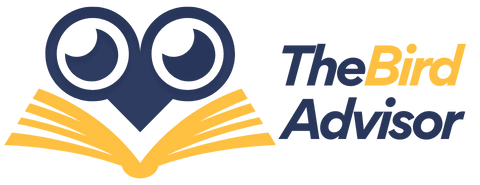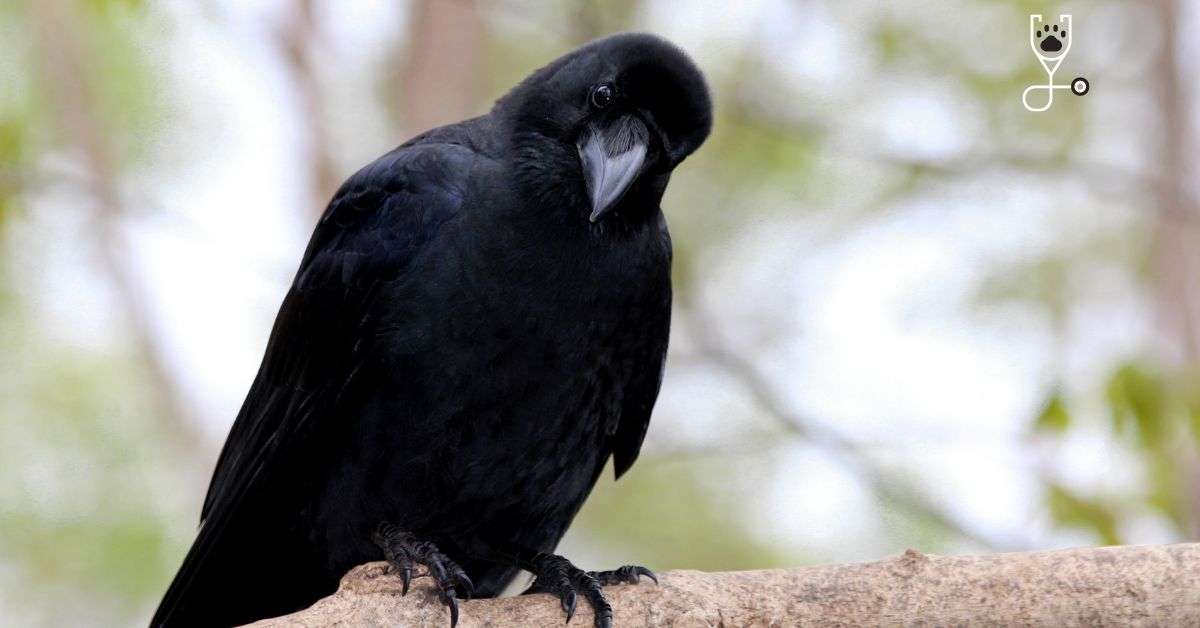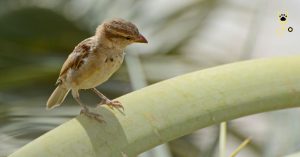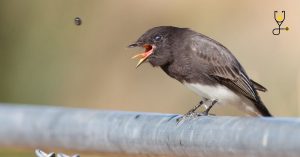Do crows talk? Well, no one really knows for sure. But many people believe they do, and if they do, we can only guess what they might be saying. Some think they could be communicating with other crows, while others think they’re passing along warnings or gossip. Whatever the case may be, it’s definitely an interesting topic to explore!
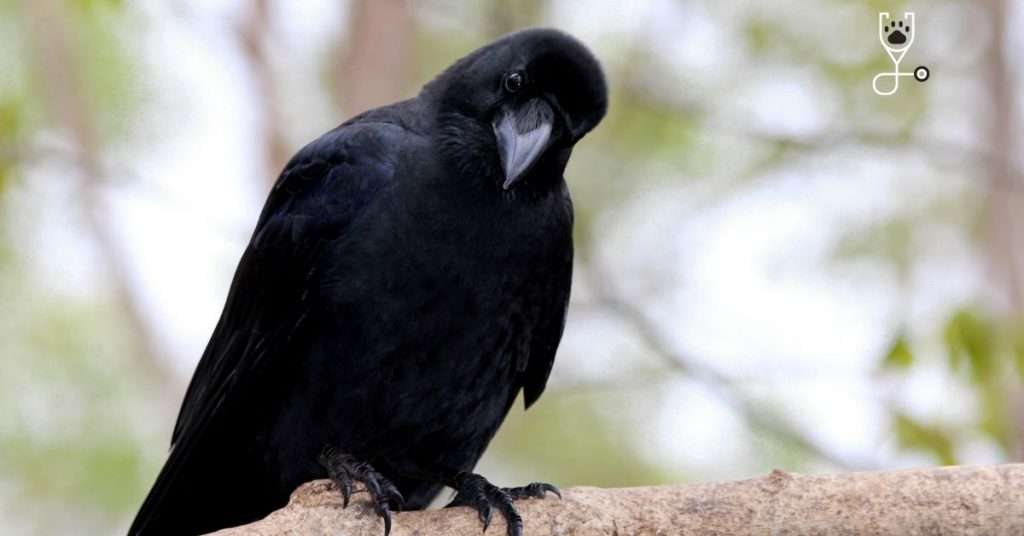
Crow Sounds, Interpreted
Animal communication systems are often very complex, and crows are no exception. Crows use a variety of calls to communicate with one another, conveying information about food, predators, and other important topics. Although we don’t yet understand all the nuances of crow language, researchers have been able to decode some of the most common calls.
For example, the “caw-caw” call is thought to be a general alarm call, warning other crows of danger.
The “kraa” call is used to mob predators, and the “kaa-raa” call is believed to be a courtship call.
In addition to these vocalizations, crows also use body language and visual displays to communicate with one another.
So next time you hear a crow cawing, take a moment to appreciate the complex social interactions that are taking place.
Read More: Ravens, Magpies, and Crows: The Smartest Birds
Two Types of Crow Calls: Contextual and Non-Contextual
Scientists studying animal communication have classified the calls of crows into two main categories: contextual and non-contextual.
Contextual calls
Contextual calls are those that seem to be in response to something in the environment, such as the presence of a predator or the approach of another crow.
Non-contextual calls
Non-contextual calls, on the other hand, don’t appear to be triggered by any immediate, pressing cause. Instead, they may serve a more social function, such as reinforcing the bond between mates or indicating that a particular area is claimed by a certain crow. While scientists are still working to understand the purpose of non-contextual calls, it’s clear that crows use a variety of vocalizations to communicate with each other and with their environment.
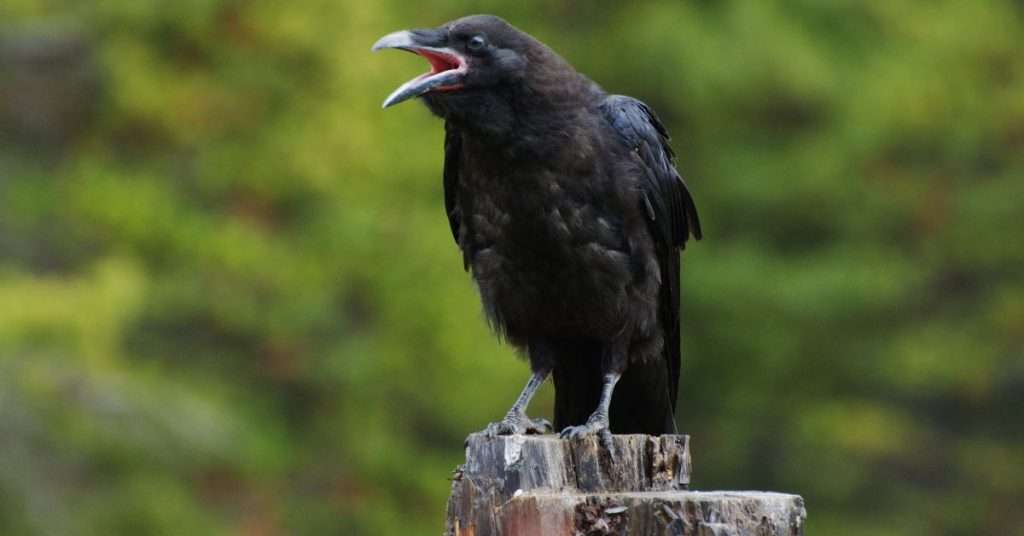
The Emotion Is Audible in the Call’s Intensity
Crows are interesting creatures, and their vocalizations are just one aspect of their complex social behavior. When crows mob a predator like a hawk, they produce a loud, harsh cacophony of caws. This may be intended to give the hawk the impression of a bigger and badder opposition.
But if there’s no threat, if a crow is just feeling lonesome or wanting to chat, the caws will sound less intense, more uniform, and follow a stronger pattern.
This demonstrates that crows are capable of modulating their vocalizations to suit their purpose. So the next time you hear a crow cawing, take a moment to listen and try to interpret its meaning.
Learn More About Birds and Their Behaviour.
Different Crow Sounds and What They Might Mean
As anyone who has been around crows knows, they are highly intelligent birds with a complex system of communication. Crows use a variety of vocalizations to communicate with each other, and each type of call has a different meaning. For example,
- Clicking or rattling noises
- Cawing: 1 to 10 repetitions
- Companion calls
- Medium calls
- Food-related vocalizations
- Whining babies
- Annoyance, scolding, and territorial disputes
- Alarm calls and mobbing noises
Below we will explain each of them in a detail.
Clicking or Rattling Noises: These noises are generally made while the crow is eating, and they may serve to announce that food has been found.
Cawing: Cawing is the most common type of crow vocalization, and it can have a variety of different meanings. For example, caws may be used to warn other crows of danger, to claim territory, or simply to greet one another.
1 to 10 repetitions: This number of repetitions is usually indicative of a warning call, telling other crows to be on the lookout for danger.
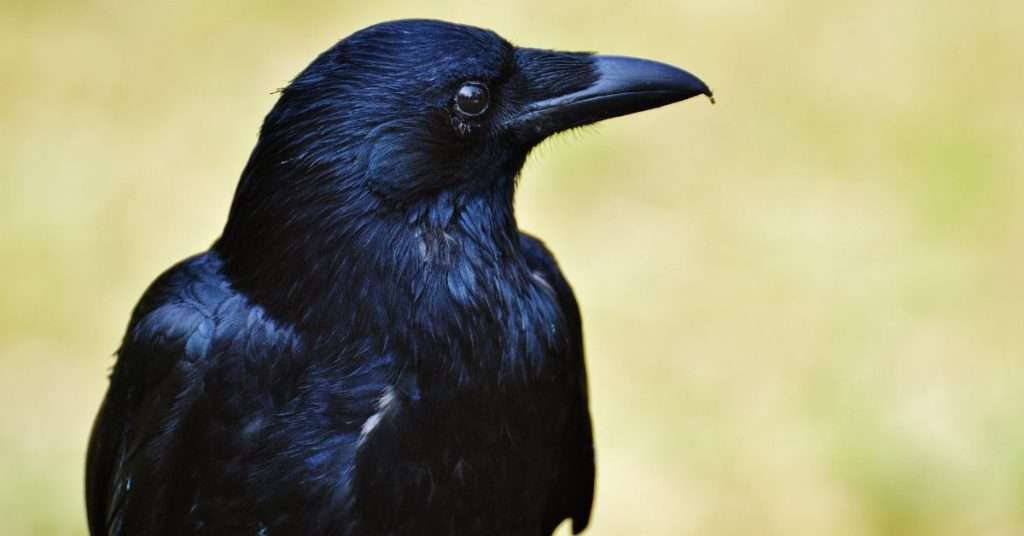
Companion Calls: Companion calls are often used between mated pairs, and they serve to reinforce the bond between them.
Medium Calls: Medium calls are typically used in social situations, such as when crows are feeding together or congregating in a roost.
Food-Related Vocalizations: These vocalizations are made while the crow is eating, and they may serve to announce that food has been found.
Whining Babies: Baby crows will make whining noises when they are hungry or distressed. This is a way for them to signal their parents that they need attention.
Annoyance, Scolding, and Territorial Disputes: Crows will sometimes scold one another if they feel that their territory is being invaded. This can also be a sign of annoyance or aggression.
Alarm Calls and Mobbing Noises: If a crow sees a predator, it will make an alarm call to warn other crows of the danger. This call will often be accompanied by mobbing behavior, in which a group of crows will harass the predator in an attempt to drive it away.
Can Crows Mimic Human Speech (Like Parrots Can)?
Yes, a crow could learn to talk like a human. Like parrots, they use their syrinx to mimic noises they hear. If a crow uses human words, it’s a clear sign that it has been exposed to humans intimately and may even have been hand-reared by a person. However, it’s important to note that crows are not known for their ability to mimic human speech.
Learn More: Can Crows Talk Like Parrots?
In fact, most experts believe that they are incapable of producing the full range of sounds necessary for human speech.
As a result, any words that a crow might say would likely be unrecognizable as actual human language. Even so, the fact that a crow could learn to imitate human speech at all is fascinating and underscores the bird’s incredible intelligence.
Looking for a pet bird that can talk? Read: Talking Parrots – Top 10 Species
Now that you know a little more about crow vocalizations, take some time to listen for these different sounds the next time you’re around crows. You may be surprised at how much information they can convey with just a few simple caws.
